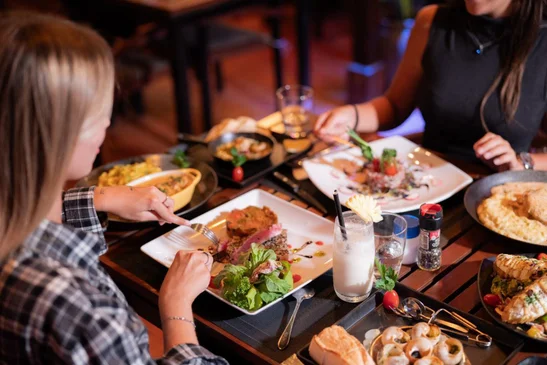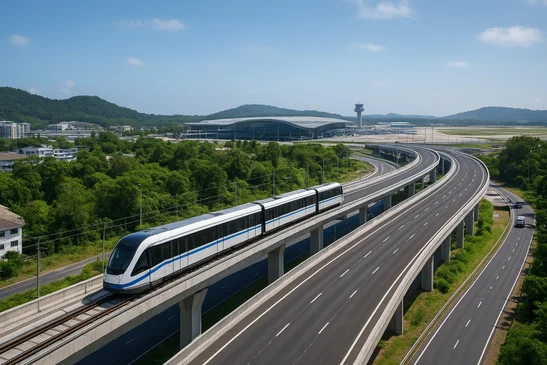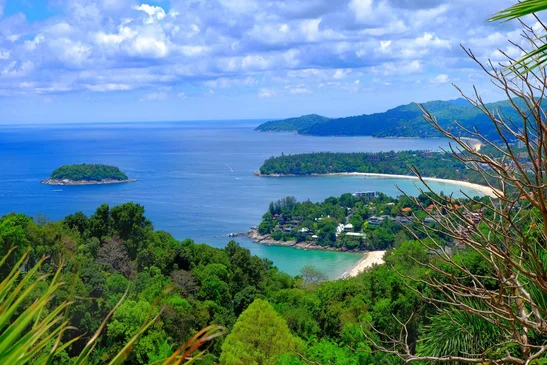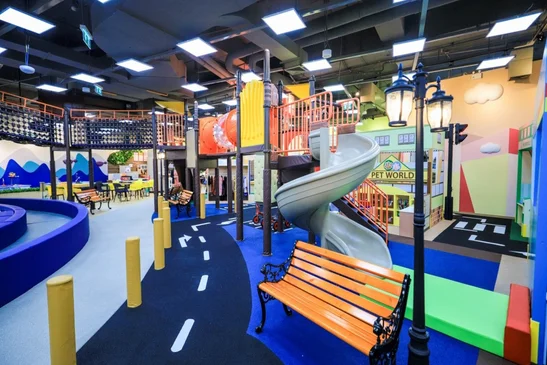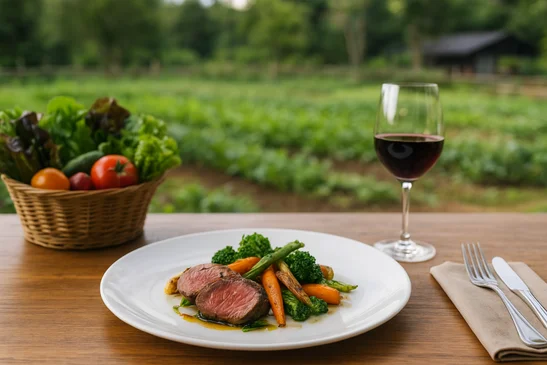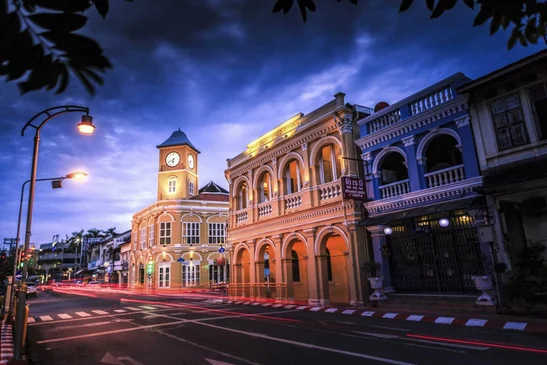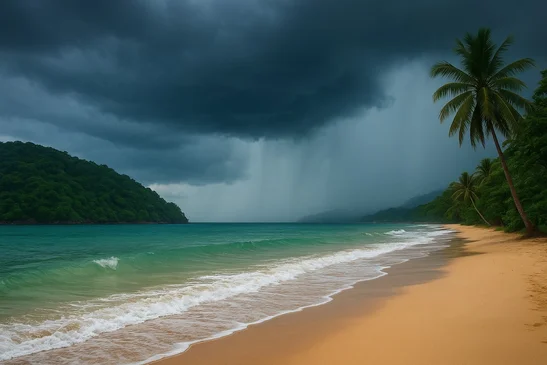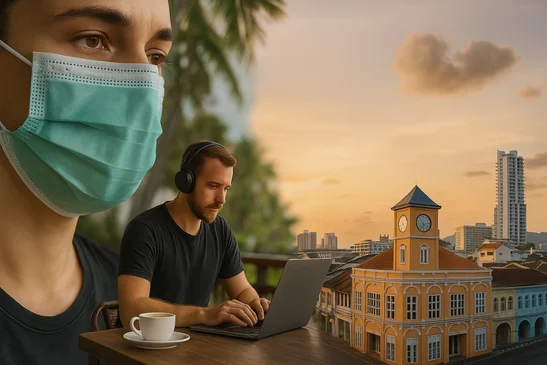The vast majority of people who know about Phuket, know little about it. And why should they? After all, to the outside world and in the whole scheme of things, its significance is minimal. On the other hand, in some ways Phuket has at times played an outsized role. It has long been on the map, literally, and has quite a storied past.
Tin Production
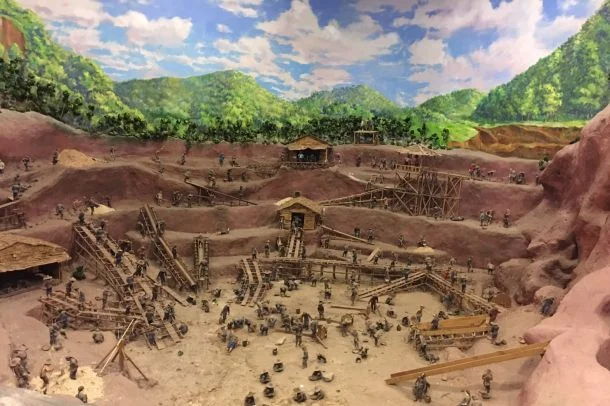
Tin Production cr: Museum Thailand
Typically when people think of mining, they likely conjure a mental picture of a huge open pit mine in China or South America, or perhaps a sprawling underground coal mine. However, it was tin mining that was responsible for the first real economic boom in Phuket. Once rich tin deposits were discovered combined with the massive demand for the metal, the industry exploded on the island in the 18th century. It was Phuket’s version of the gold rush with thousands of Chinese immigrants flocking here to toil away in the artisanal mines.
Nearly every body of water in Phuket is a tin mining pit that has been filled. The waterways around the Laguna resort complex in Cherng Talay was previously a nasty, polluted wasteland of mine tailings. In fact, as mining practices streamlined and production increased, Phuket was at one time the biggest producer of tin on the planet.
Wildlife
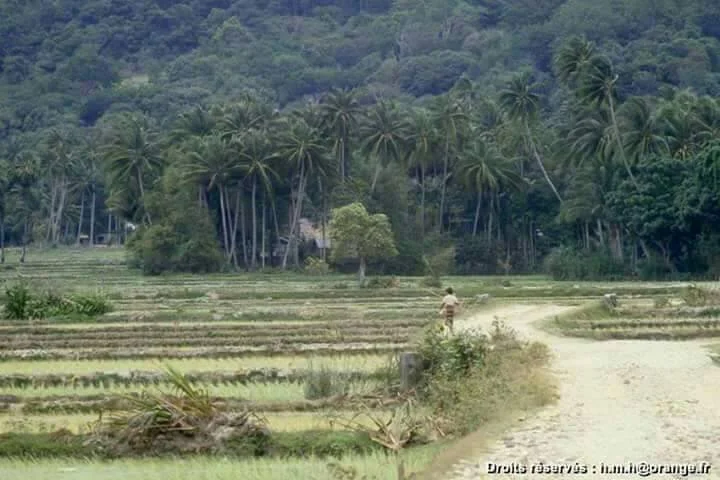
Even in its modern-day deforested and denuded state (comparatively speaking), it’s easy to imagine what Phuket was once like. Covered in dense, nearly impenetrable jungle, the island was teeming with creatures of all sizes. The forests were alive with tigers, leopards, black panthers, Asiatic black bears, antelope, gazelle, wild boar, deer, elephants, and even rhinoceros.
At one point in time, wild elephants were corralled in Phuket to export to India where they were used for war and work. They were loaded onto ships in what is now Paklok. Supposedly, as a way to keep them from startling during the journey and damaging the boats, they were fed wild cannabis plants.
Food
As mentioned before, Phuket saw huge numbers of Chinese immigrants settle here over the past five centuries. They mixed with the local Thais and the hybrid culture is now called the peranakan, or the Straits Chinese referring to the Strait of Malacca.
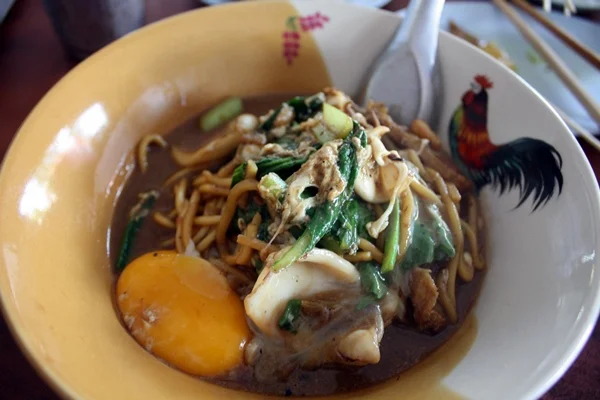
mee hokien Cr: ketwarin05.wordpress.com
In Thailand, culinary traditions are extremely important and Phuket is no exception. Over the centuries, the influence of the Chinese can be seen in some of the unique gastronomy found on the island. Some dishes that have their roots in Phuket are mee hokien (a stir fried dish made with yellow noodles), gaeng phet pet yang (a sweet duck curry made with pineapple and grapes), and moo hong (a stew made with braised pork belly, star anise, soy sauce, and more). The island’s culinary history is so rich that UNESCO has designated it as a Creative City of Gastronomy, one of only 17 in the world.
Economy
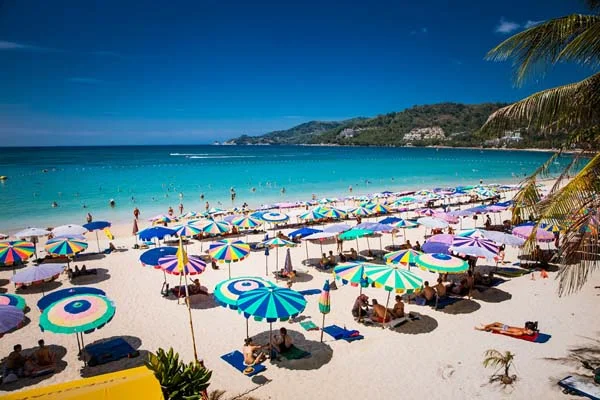
Phuket beach Cr: phuket.airportthai.co.th
Although the island of Phuket is just a mere 543sq km, its economy is responsible for about 14% of the country’s entire gross domestic product (GDP). While industries like agriculture, fishing, and the aforementioned culinary scene (which reportedly contributes a whopping THB 3.6 billion) account for some of the island’s economic output, it is all dwarfed by the tourism industry. Some years see nearly 10 million visitors to Phuket which generates THB 385 billion. Outside of Bangkok, Phuket has the highest income per capita in the country.
